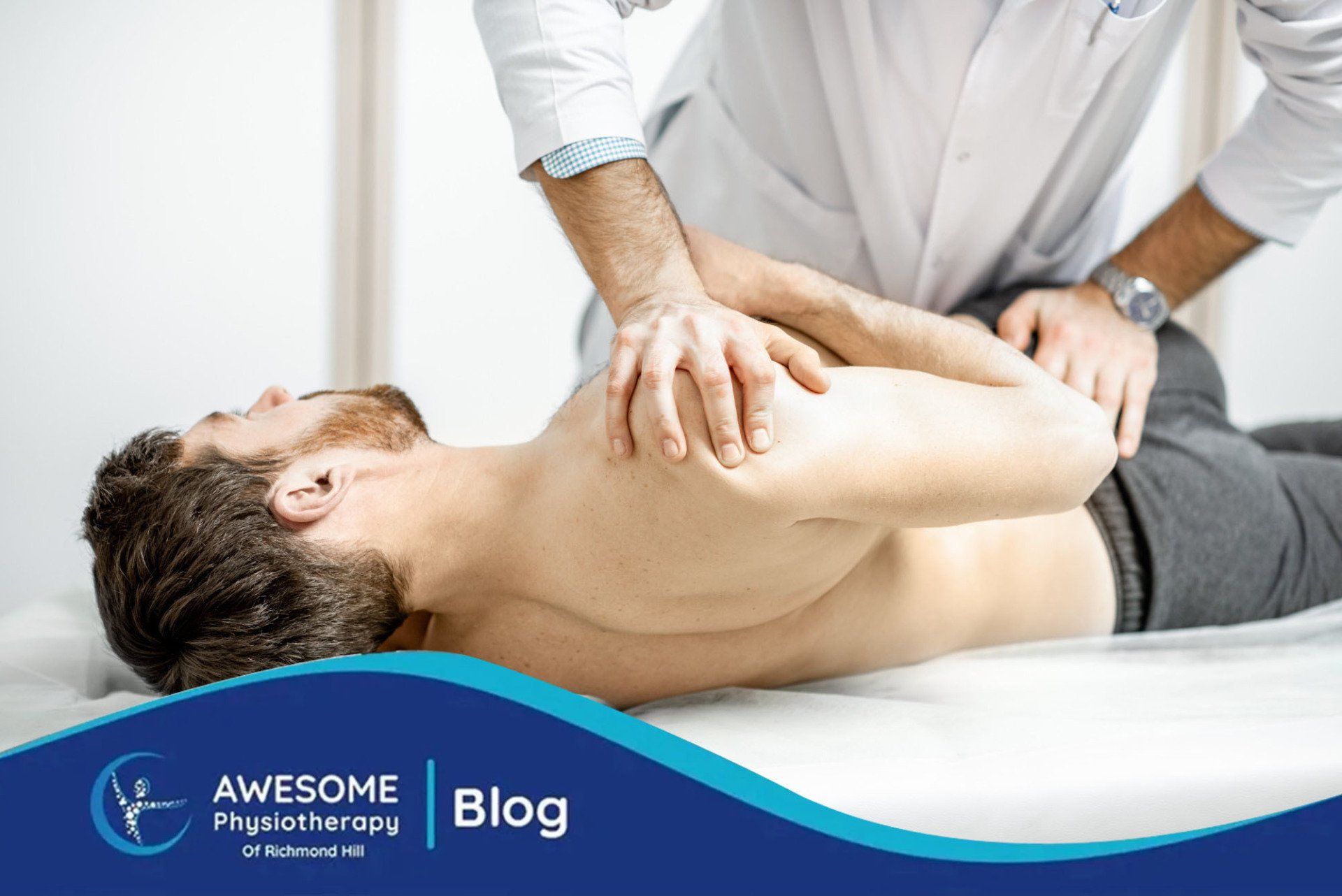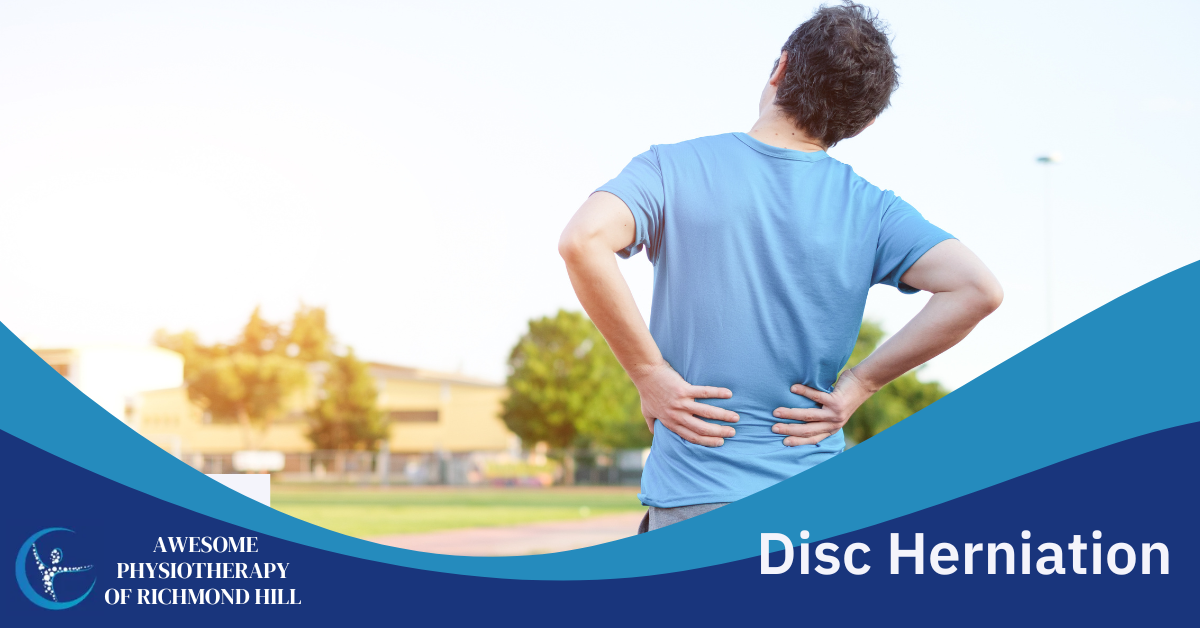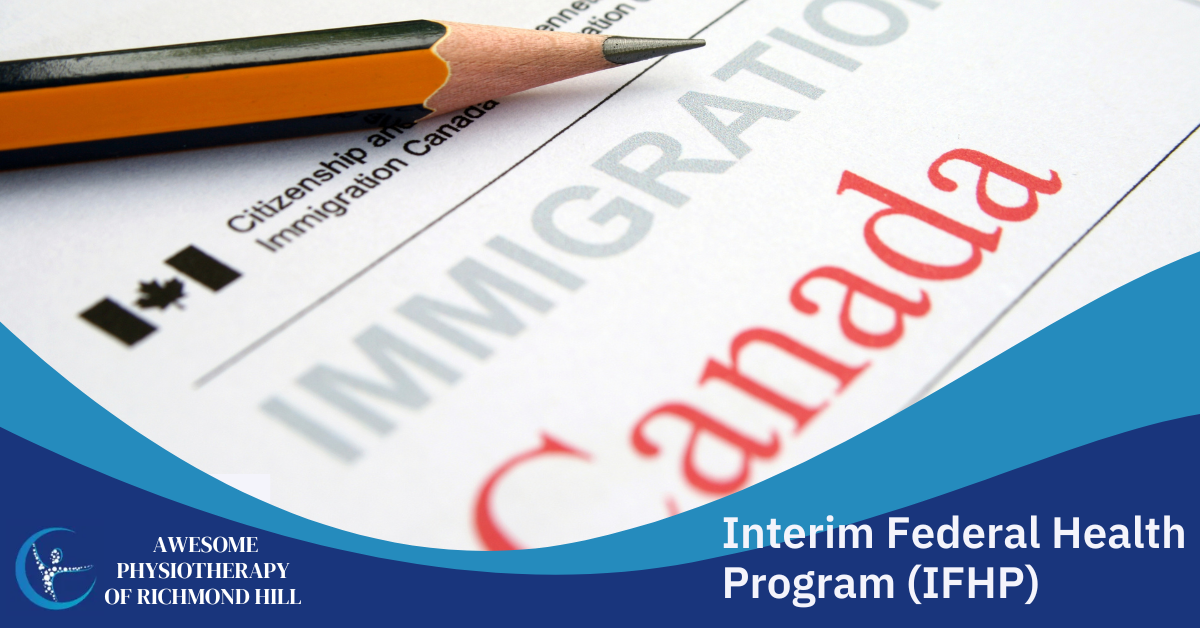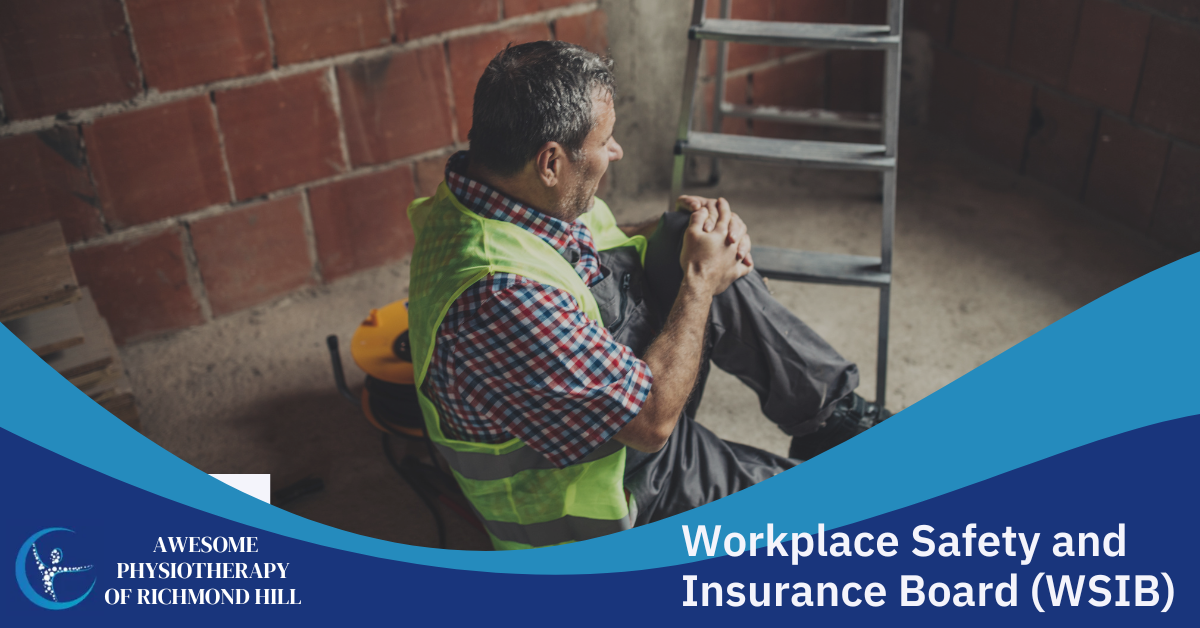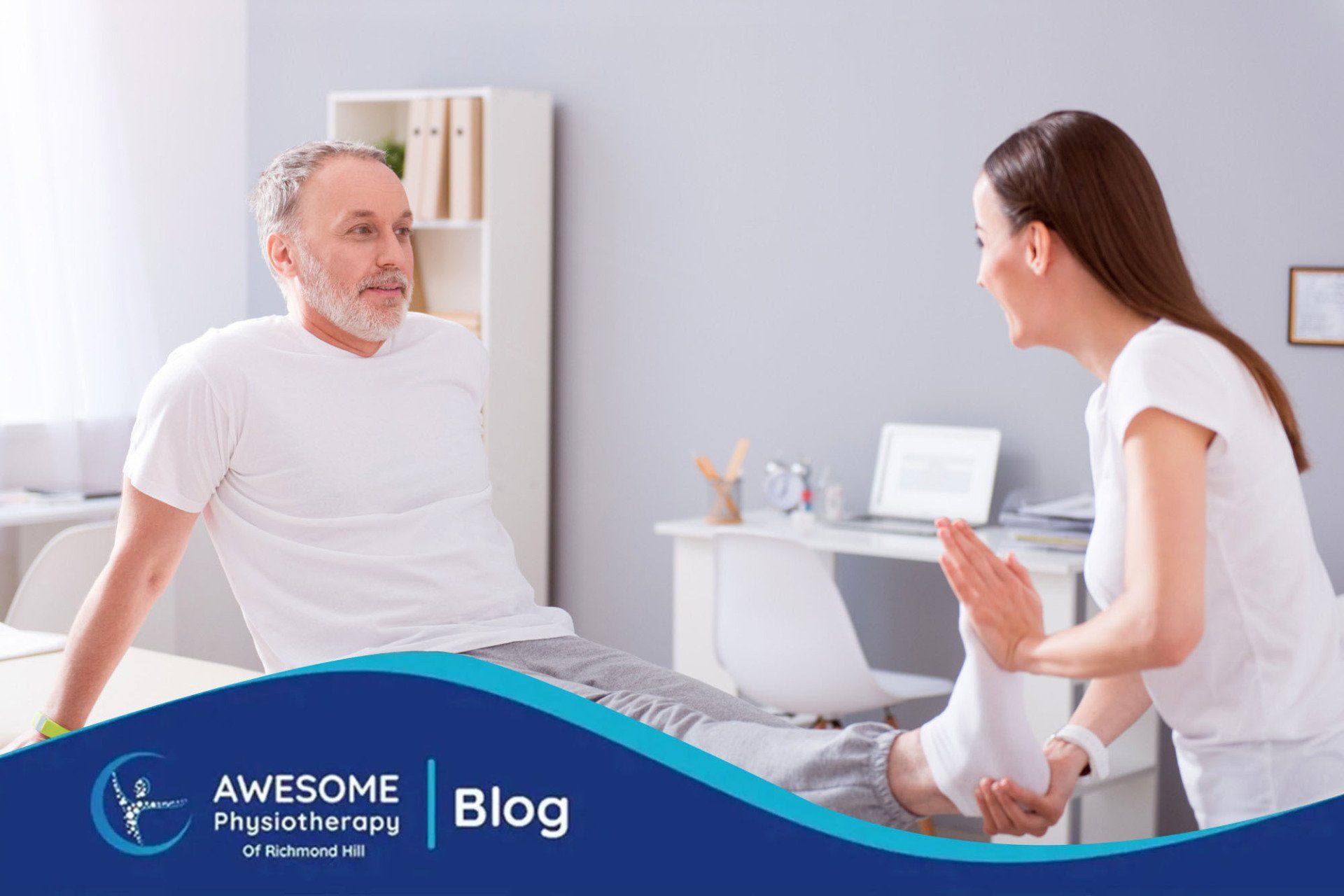The Different Types of Physical Therapy Treatments
Physical therapy is a common treatment for many injuries and conditions. There are several different types of physical therapy, each with its benefits and drawbacks. If you're considering physical therapy, it's important to understand the different types available and which might be best for you. Here we will introduce you to the different types of physical therapy treatments.
What is Physical Therapy Treatments
Physical therapy (PT), also called physiotherapy, can be described as an allied healthcare profession. Physical therapists provide this service. They promote, maintain, or restore health through physical examinations, diagnosis, prognosis, and patient education. In many countries, physical therapists are called physiotherapists.
Physical therapists practice more than just clinically. They also do research, education, and consultation. Physical therapy can be used as a primary treatment alongside other medical services. Physical therapists are authorized to prescribe medication in some countries, like the United Kingdom.
Different types of Physical Therapy Treatments
Here are some of the different types of physical therapy treatments.
Exercise
The body's ability to adapt to physical stress is called exercise. You can also choose to be active or passive in your exercise. Passive exercise requires relaxing and allowing another person to apply the stress. A hamstring stretch is one example. This involves lifting your leg so that the hamstring muscle at the back of your thigh can be stretched.
You will likely engage in some exercise if you receive physical therapy at the hospital, in your home, or at a clinic. A home exercise program is a common way to be trained. The home exercise program is very important to help you get back to your normal function. Your physical therapist will prescribe a set of exercises you can do on your own. Your physical therapist will teach you the correct way to perform the exercises. He or she may also give you a booklet containing all of them. It's best to get help from your doctor before starting any exercise program.
Be mindful that exercising, if overdone, can cause injury instead of preventing it. Strenuous exercise can also cause pain or other symptoms if you overdo it. You need rest after an intense workout for your muscles to recover.
Manual Therapy
Manual therapy is a hands-on way of treating injury and illness. It can be used for many different conditions, including backaches, headaches, arthritic pain, and many other problems. Manual therapy often involves applying pressure on another part of the body, usually with your hands.
A physical therapist may use manual therapy to help you relax tight muscles. The therapist uses the weight of their own body to apply pressure on their muscles and joints. They work to increase your flexibility and decrease stiffness and muscle spasms as they applies pressure. Manual therapy can also help people who have had a stroke recover lost functions.
A physical therapist may also use manual therapy as part of your home exercise program. Manual therapy is available as both an active and passive practice, depending on what works best for you. You'll stretch and perform exercises that require you to contract muscles while your hands provide resistance.
Manual therapy is sometimes referred to as manipulative therapy. However, the term "manipulation" can be misleading because physical therapists do not use force or excessive pressure. They are also trained to avoid any damage to the muscles and joints they're treating.
Hot and Cold Therapy
Another type of physical therapy treatment is heat therapy. It's most often used to treat a specific body part, such as a leg or an arm. A heating pad or hot water bottle is most often used for this purpose, but other kinds of heating pads can be worn on your body from head to toe.
Heat therapy can also be used to loosen stiff muscles. The heat causes blood vessels in the area to dilate, which brings oxygenated blood closer to the muscle tissues. This allows wastes to flow away more easily, which can help reduce pain. A physical therapist may apply hot packs or hot water bottles on the back of your leg, for example, to help ease pain and improve flexibility.
Contrast {heat/cold} therapy, on the other hand, involves alternating between hot and cold applications. This helps improve blood circulation in the affected area, prevent muscle spasms, and ease any pain you may feel due to injury or illness. Heat therapy is also called thermotherapy or thermal therapy.
Cold therapy is used most often for injuries to the neck, head, shoulders, arms, hands, legs, and feet. It also effectively treats bruises, sprains, delayed-onset muscle soreness (DOMS), arthritis pain, chronic joint inflammation, and even bursitis. Cold packs are placed on an affected area, numbing the nerves and slowing down blood flow. The cold also reduces swelling, muscle spasms, and pain. Cold therapy is sometimes used in conjunction with heat therapy to make it even more effective.
Ultrasound
Ultrasound, also known as deep heating, treats many musculoskeletal system conditions, such as tendonitis, strains, and sprains. It is performed by your physical therapist, who uses an ultrasound machine. The sound head, called a sound wand, is gently pressed against the skin. It then moves in small circular movements near the area of injury. A small gel pad absorbed the ultrasound waves into the skin and muscles. This helps increase blood flow and relieve pain and stiffness without discomfort. Ultrasound is also called deep heating therapy, therapeutic ultrasound, and phonophoresis.
A physical therapist may use ultrasound if she believes that your condition will benefit from applying heat or sound waves. The therapist will apply a thin pad soaked with water or oil to your skin, then direct the sound head over it. Ultrasound waves are transmitted through the gel.
Electrical Stimulation and TENS
Sometimes, electrical stimulation or TENS (transcutaneous electric neuromuscular stimulation3) are used in physical therapy to reduce pain around injured tissues. Two theories exist about how stimulation works: the gate theory and the opiate theory.
You can also use other forms of electrical stimulation to contract your muscles. This is neuromuscular electric stimulation (NMES), and it is used to "relearn" the proper function of your injured muscles.
NMES is mainly used for injuries to the arms and legs. For example, someone who has had a stroke might use NMES to regain control of their arm and hand muscles. Your physical therapist will first test how your nerves and muscles respond to stimulation before programming the strength and intensity of electrical pulses applied by an electrode pad. The electrical stimulation is usually painless.
causes you to feel less pain. If electrical stimulation and TENS are performed properly, little or no discomfort should be involved.
Traction
Traction can treat low back pain, neck pain, and mobility problems.
Lumbar traction requires that you are strapped into a machine. A vest supports your ribs, and another device wraps around your pelvis. The pelvic device and vest are held together by straps. A machine applies a mechanical force to the device.
Cervical traction can be used in either a sitting or lying position. A harness is placed on the head, and a pulley system with a small weight is used. While sitting comfortably in a chair, the weight acts as traction. A specific device is used for traction when you lie down or supine. Place your forehead in the device and lie on your back. A pneumatic pump is then used to provide traction force to your neck.
Joint Mobilization
Your physical therapist will passively move your joints in specific directions through joint mobilization. This can reduce pain and improve mobility.5 This gliding motion can be increased by joint mobilizations. Your therapist will move each joint according to how much pressure is applied and in which direction.
Joint mobilization is passive therapy. Your physical therapist will teach you self-mobilization techniques that you can use to manage your problem. This will allow you to quickly return to your normal function and provide you with a plan to avoid future problems.
Massage
Massage therapy involves using your hands to massage the tissues of your body. This can help reduce pain, improve circulation, decrease muscle tension, and increase blood flow and lymph flow.
Massage is used to treat a variety of conditions such as muscle tension, muscle spasms, and injuries (e.g., whiplash). Active movement may also be included in the massage technique. This type of massage is referred to as neuromuscular therapy, which helps relax your muscles and reduce pain and discomfort.
Heat
If you are suffering from an injury, moist heat or hot packs may be applied to your body.7 This helps increase blood flow, relax muscles, and relieve pain.
A hydro collator is a device that holds hot packs in a clinic for physical therapy. This is a large hot water tank. Hot packs are cloth and contain a silica, clay, or sand mixture. After the hot water has been absorbed, the hot pack is wrapped in towels and terrycloth covers before being applied to your skin. The hot pack should be applied to the affected area for between 15 and 20 minutes.
Ice
Cold packs or ice can reduce pain and inflammation after an injury. Ice is often used in the initial or acute phase of an injury to reduce swelling and inflammation around the tissues.
Cold packs can be applied between 15 and 20 minutes after an injury. A bag of frozen peas or corn wrapped in a thin towel works well as an alternative to the ice packs.
Iontophoresis
Iontophoresis, a type of electrical stimulation, delivers medication to the skin to treat inflamed and injured tissues. Inflammation is usually treated with steroids like dexamethasone. This steroid can reduce the swelling and pain that results from tissue inflammation.
Depending on the medication used, Iontophoresis may also treat other conditions such as hyperhidrosis (excessive sweating) and psoriasis.
Laser or Light therapy
Light therapy uses light at a particular wavelength to improve the healing of injured tissues. Your physical therapist will place the light-emitting device wand over the injured area and then press a button that activates the light.
Light therapy can treat chronic pain, inflammation, and wound healing.
Light therapy works on the principle that photons from light carry energy. This energy can be applied to damaged tissues to improve cell processes, speed healing, or reduce pain.
Kinesiology Taping
Physical therapists often use Kinesiology tape, also known as K-tape, to supplement their rehab programs. It is made from a flexible fabric that stretches, pulls, and stretches with you. You can use it for many purposes, including:
- Inhibition of muscle
- Muscle facilitation
- Management of swelling and bruising
- Pain relief
K-tape, a relatively new treatment option, should be treated with caution. The placebo effect may have contributed to some of the gains. Kinesiology tape can be applied to the skin and kept in place for several days.
Whirlpool
You can choose to have a whirlpool, hot or cold. A hot whirlpool can be heated to between 98 and 110 degrees Fahrenheit. A cold whirlpool bath is usually between 50 and 60 degrees Fahrenheit. Hydrotherapy is a form that uses whirlpools to improve circulation, clean wounds, and reduce inflammation.
A motor or agitator is used to move water around the body area treated in whirlpool baths. This motion can be soothing and used to treat wound debridement.
Whirlpool sessions typically involve placing your body part into the water and then relaxing as the water swirls around. Gentle exercises can be done in the whirlpool to improve movement around your body. You should ensure the temperature of the whirlpool bath does not exceed 60 degrees Celsius. Extreme temperatures can cause skin damage.
Physiotherapy in Richmond Hill, Ontario
In case you are looking for a physical therapist to help you recover from an injury, reduce pain, or improve your overall mobility, there are a variety of treatments available. Here at Awesome Physiotherapy of Richmond Hill, we offer several different types of physical therapy treatments, so you can find the one that is right for you. We hope this article has helped give you a better understanding of the different types of PT and what they can do for you. Contact us today to schedule your consultation and start feeling better!
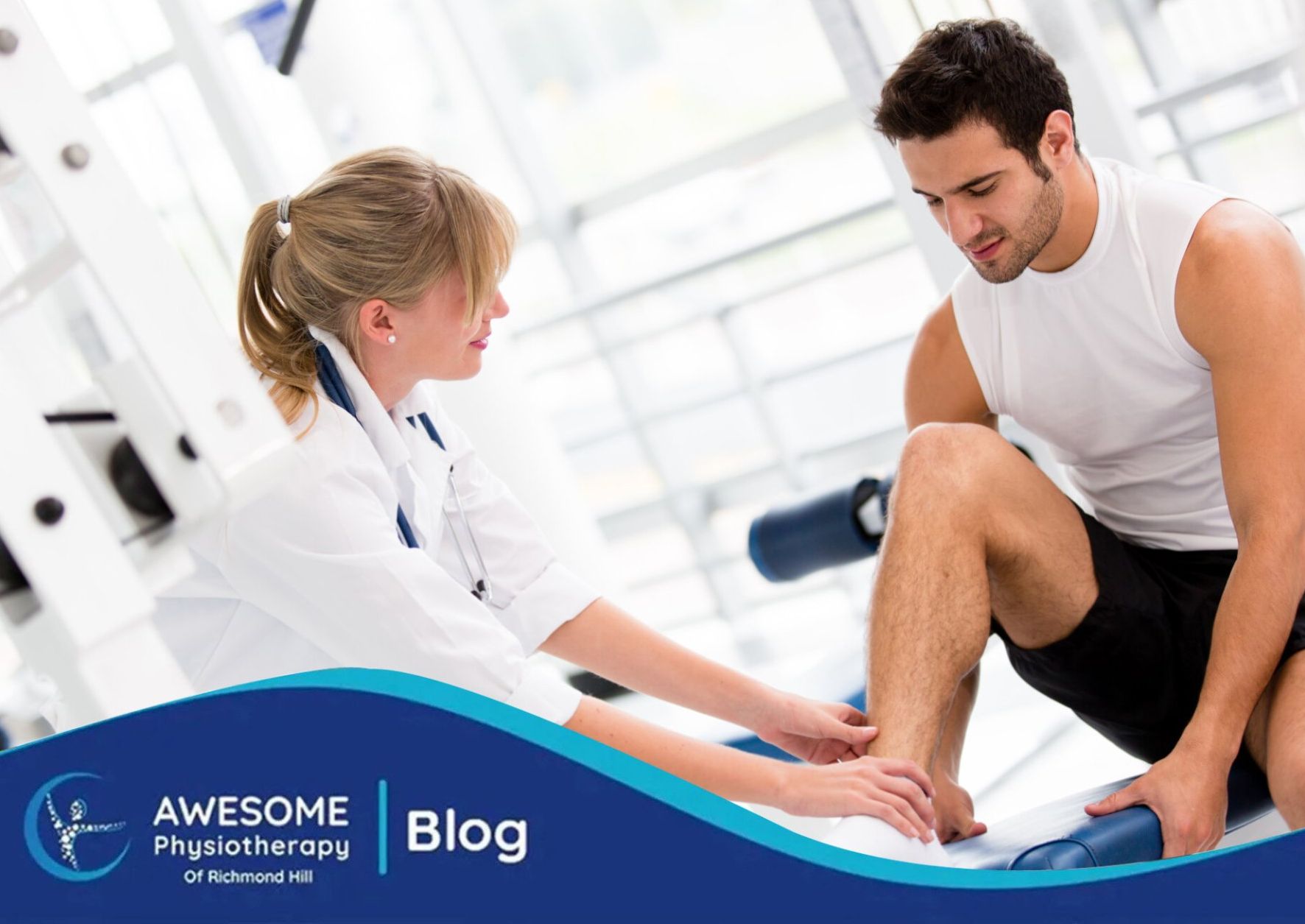
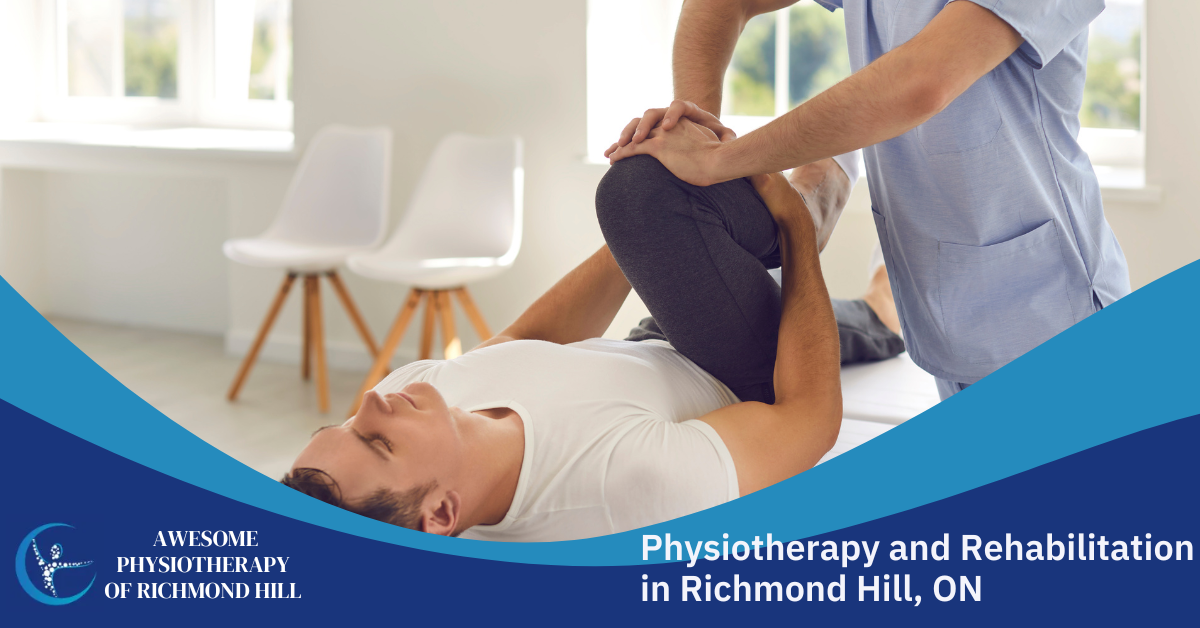
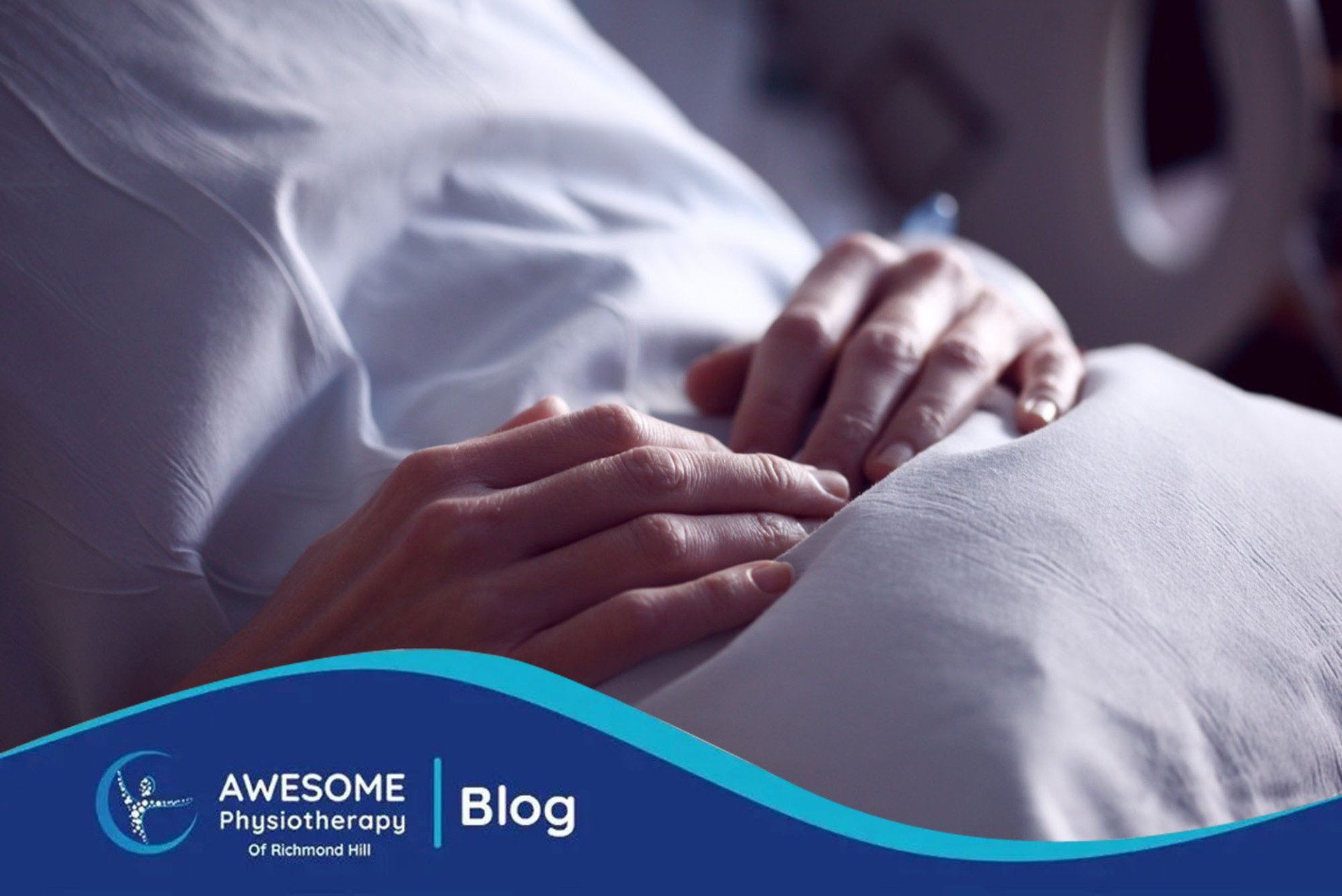
How Physiotherapy Can Help You Recover Faster: A Guide to Physiotherapy Centers In Richmond Hill, ON
